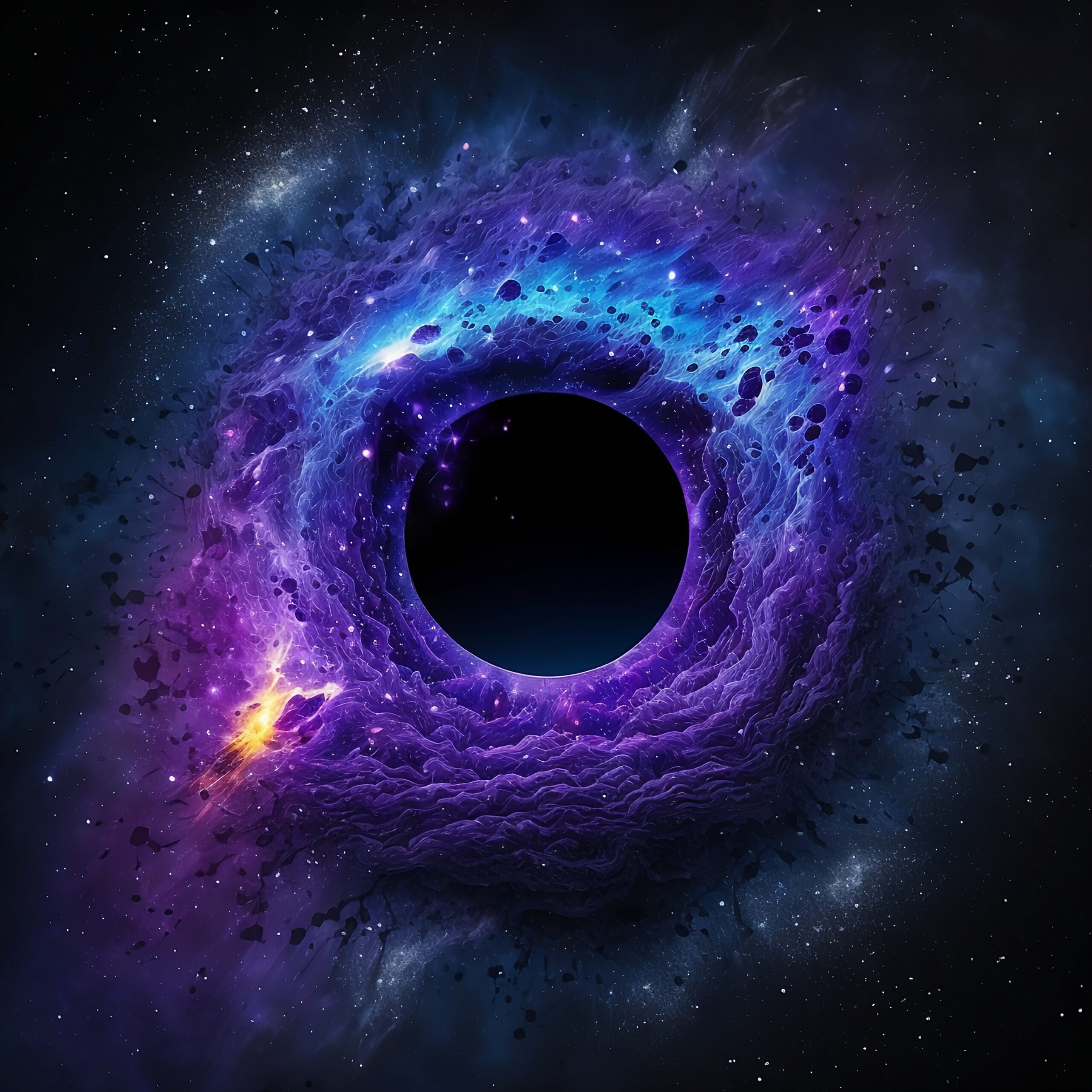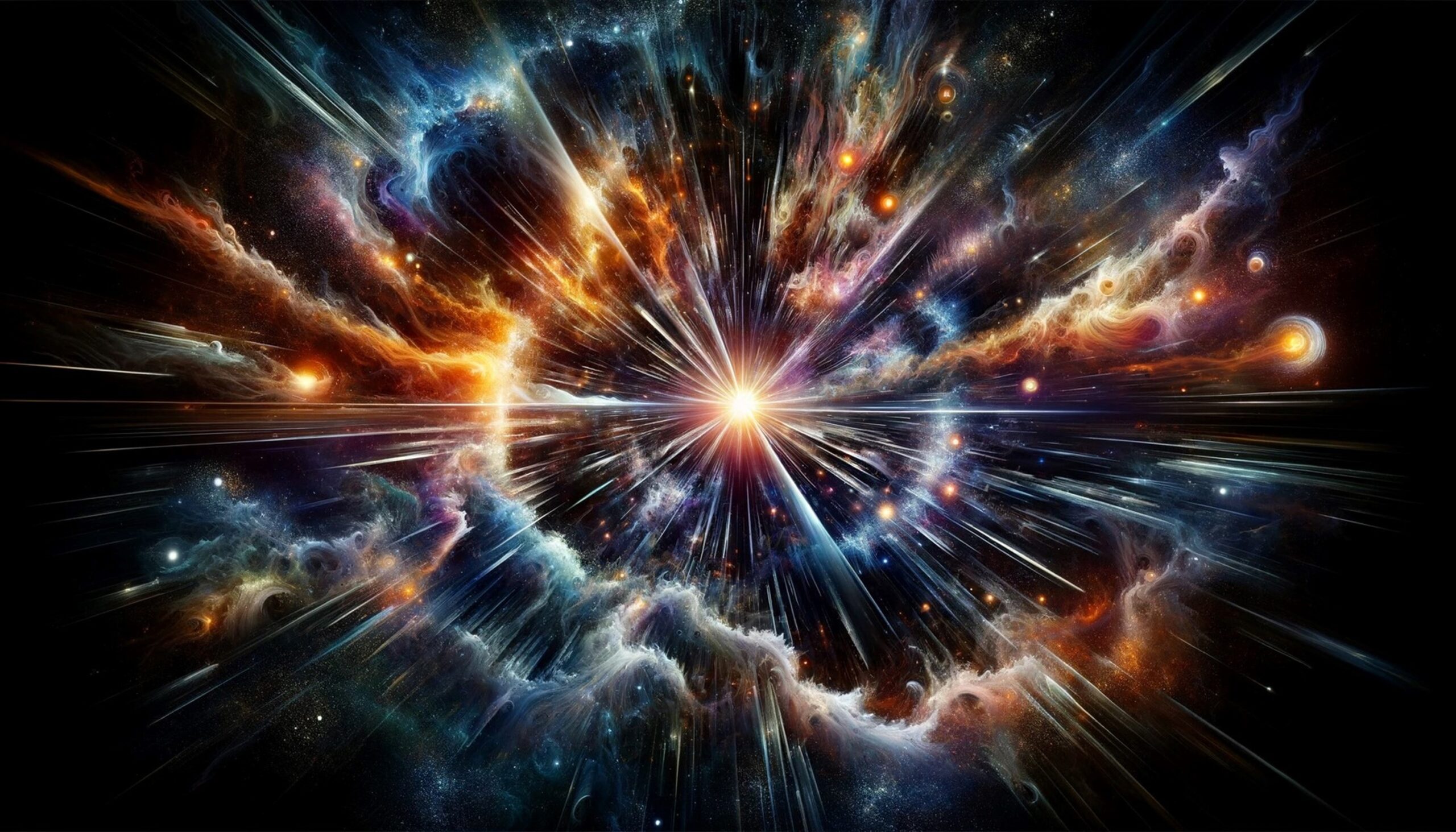Introduction
On a quiet, moonless night, the stars seem to share ancient secrets with those who look up. The sky, filled with sparkling lights like diamonds on a dark canvas, has fascinated people for thousands of years. Beneath this vast sky, dreamers have wondered: What’s out there? What do these stars mean?
From early cave paintings to advanced telescopes, the stars have always amazed people. They’ve guided us, helped us keep track of time, and told us stories. Throughout history and across different cultures, we’ve looked up at the sky and found shapes, myths, and deeper meanings.
So, what stories have we created in the stars over the centuries? Come with us on a journey to discover the timeless legends of constellations and the deep bond between humans and the universe.
The Universal Connection: Why Stars Inspire Stories
For as long as humans have existed, the stars have been a canvas where we project our hopes, fears, and dreams. People from different cultures and parts of the world have looked up and found meaning in the same twinkling lights, creating myths that connect us across time and space. The stars, fixed in their patterns yet full of mystery, inspire stories that bring us together.
Stars aren’t just beautiful—they’ve been practical tools for survival. Sailors used constellations to guide their ships across the oceans. Farmers tracked the stars to know when to plant and harvest their crops. Ancient civilizations built their calendars around the movements of the sun, moon, and stars, ensuring they could live in harmony with nature.
But the stories we tell about the stars go beyond practical use—they reflect the values, beliefs, and imaginations of the cultures that created them. In Greek myths, gods and heroes are turned into constellations. Indigenous peoples see the stars as ancestors or spirits guiding their lives. All around the world, the night sky has been both a map and a mirror, showing us where we are and who we want to become.
Stories from Around the World: Tales Written in the Stars
Through these myths, the stars remind us that even though we are tiny in the vast universe, our shared stories give us a deep sense of connection and meaning.
The night sky has always sparked human imagination, with its patterns inspiring myths that reflect the variety of cultures worldwide. Let’s explore how different societies have connected their stories to the stars.
a. Greek and Roman Mythology
In ancient Greece and Rome, constellations were closely tied to the stories of gods and heroes. For example, Orion the Hunter, known for his pursuit of the Pleiades and tragic end, was placed in the stars by Zeus. Nearby, Andromeda, the Princess tells the story of a young woman saved from a sea monster by the hero Perseus. These constellations weren’t just beautiful; they reminded people of virtues, flaws, and the ongoing struggles between mortals and gods.
b. Indigenous and Tribal Narratives
For many Indigenous peoples, the stars held both spiritual and practical meanings. Native American tribes often saw the Milky Way as the “Path of Souls,” a bridge for spirits traveling to the afterlife. Aboriginal Australians have Dreamtime stories, like the tale of the Emu in the Sky, where dark patches in the Milky Way form the shape of a giant emu. These stories offered spiritual guidance and taught lessons about nature and the cosmos.
c. Asian and Middle Eastern Lore
In Chinese folklore, the stars Vega and Altair represent the Weaver Girl and the Cowherd, lovers separated by the Milky Way. They reunite once a year on the seventh day of the seventh lunar month, a story celebrated during the Qixi Festival. In Islamic thought, the stars reflect divine order and serve as signs of God’s greatness. Hindu myths feature constellations like Rohini (Aldebaran) and Mrigashira (part of Orion), which are tied to stories of love, duty, and cosmic cycles.
d. African and Polynesian Perspectives
In many African cultures, stars are seen as the spirits of ancestors watching over their descendants. The Dogon people of Mali had detailed star myths, including knowledge of Sirius as a binary star system, which they included in their teachings long before modern astronomy confirmed it. Polynesians, skilled navigators of the sea, used stars like the Southern Cross to guide their journeys across vast oceans. These stars were more than just points of light—they were essential to their survival and cultural identity.
The Science Behind the Myths
Ancient myths about the stars often tried to explain natural events that early humans saw but couldn’t fully understand. Today, modern astronomy provides scientific answers to these same wonders, connecting the ancient stories with what we know now.
For example, the glowing Pleiades cluster, which inspired myths in many cultures, is a group of young stars about 440 light-years away, all born from the same cloud of gas and dust. Similarly, the “Milky Way,” often described in myths as a river or pathway in the sky, is now known to be our galaxy—a vast collection of billions of stars, including our Sun.
Even though science has revealed so much, the myths are still important in how we see the night sky. Constellations, once thought to represent gods or heroes, are still used by astronomers today. They act as a map, helping us locate stars, planets, and other objects in space. For example, the Orion constellation is a helpful guide to finding nearby wonders, like the Orion Nebula, a place where new stars are born.
The mix of myth and science deepens our understanding of the stars. Myths remind us of the creativity and curiosity of our ancestors, while science shows us the real processes behind the universe. Together, they remind us that our fascination with the cosmos has always been part of who we are.
Conclusion
As you look up at the night sky, let your mind drift among the stars. Each sparkling light carries the stories of the past and the quiet wisdom of the universe. The constellations above are more than just faraway stars; they are a shared canvas, shaped by countless myths and mysteries.
The stars have guided explorers, inspired poets, and sparked the curiosity of scientists. They’ve told tales of gods and heroes, of creation and destruction, and of the vast web of life that connects everything. Now, they offer the same opportunity to you.
Though the stars are silent, they tell us a lot. They speak of our place in the universe, our desire to understand, and our eternal search for meaning. What do they tell you? What stories will you find in their light? The night sky is waiting for you to listen, dream, and imagine.
Share the knowledge with

